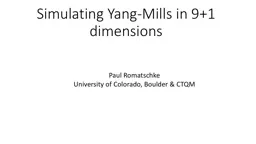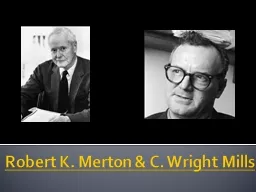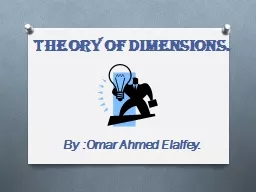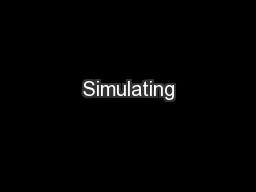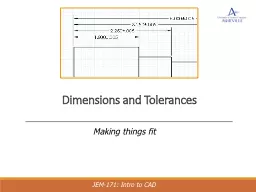PPT-Simulating Yang-Mills in 9+1 dimensions
Author : natalia-silvester | Published Date : 2017-06-16
Paul Romatschke University of Colorado Boulder amp CTQM Hunting for QuasiNormal Modes in Cold Atoms Hunting for QuasiNormal Modes in Cold Atoms Please see 160500014
Presentation Embed Code
Download Presentation
Download Presentation The PPT/PDF document "Simulating Yang-Mills in 9+1 dimensions" is the property of its rightful owner. Permission is granted to download and print the materials on this website for personal, non-commercial use only, and to display it on your personal computer provided you do not modify the materials and that you retain all copyright notices contained in the materials. By downloading content from our website, you accept the terms of this agreement.
Simulating Yang-Mills in 9+1 dimensions: Transcript
Download Rules Of Document
"Simulating Yang-Mills in 9+1 dimensions"The content belongs to its owner. You may download and print it for personal use, without modification, and keep all copyright notices. By downloading, you agree to these terms.
Related Documents

